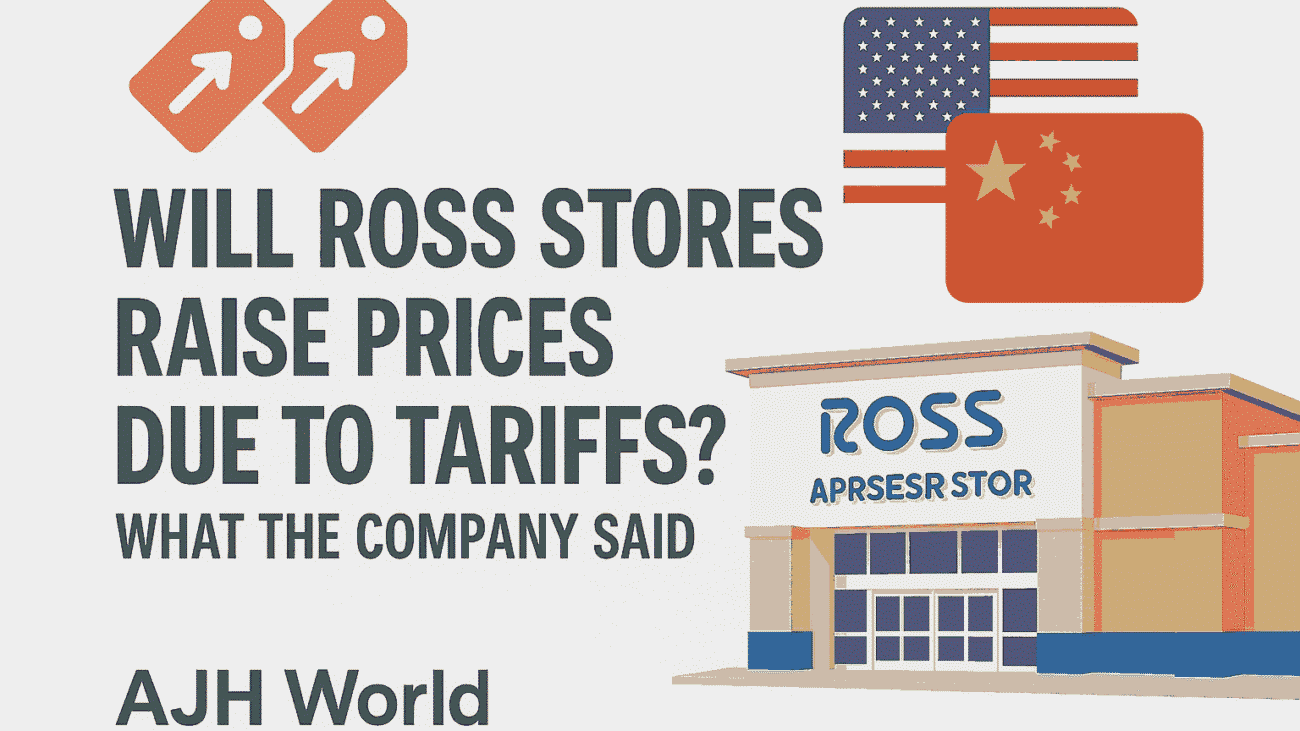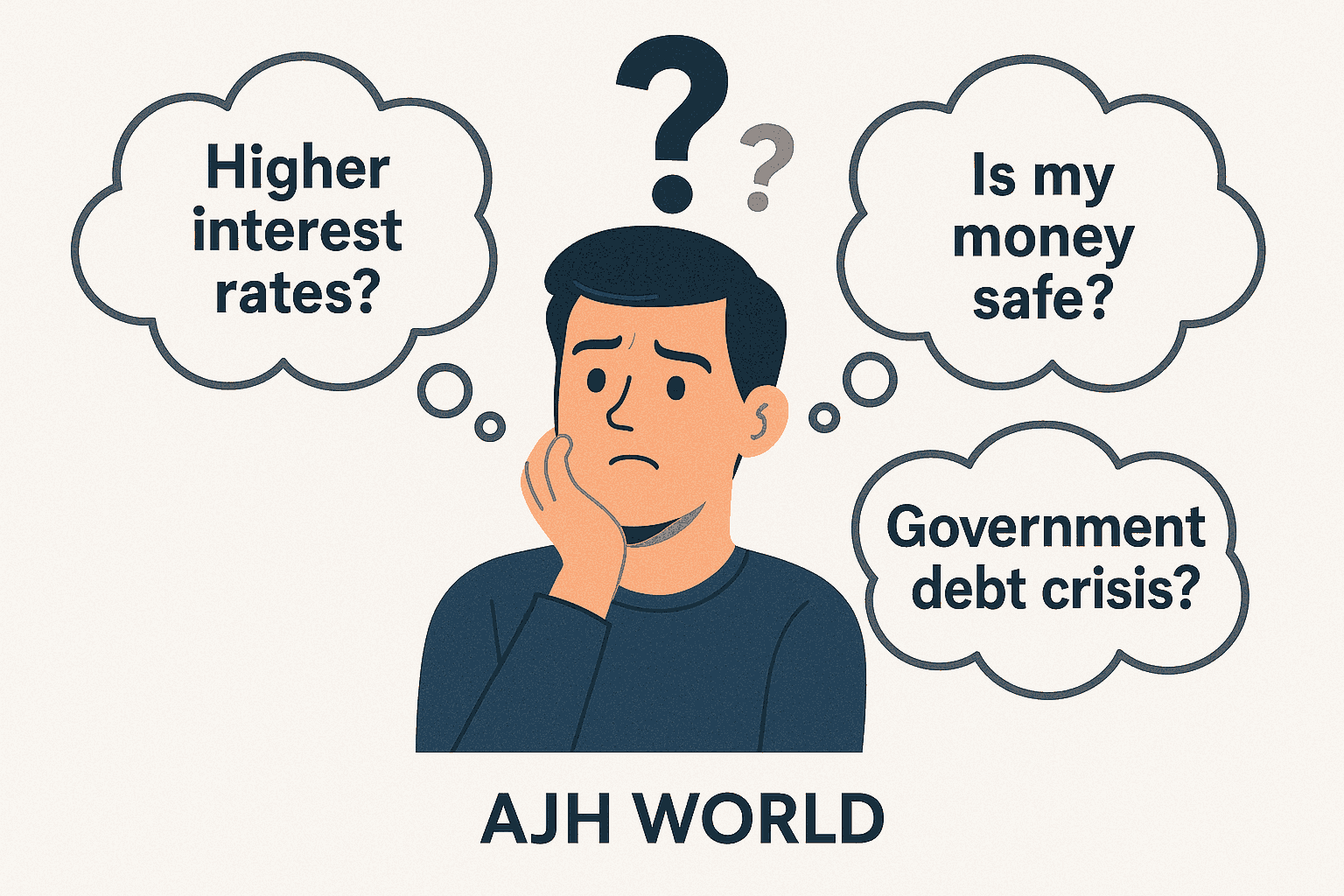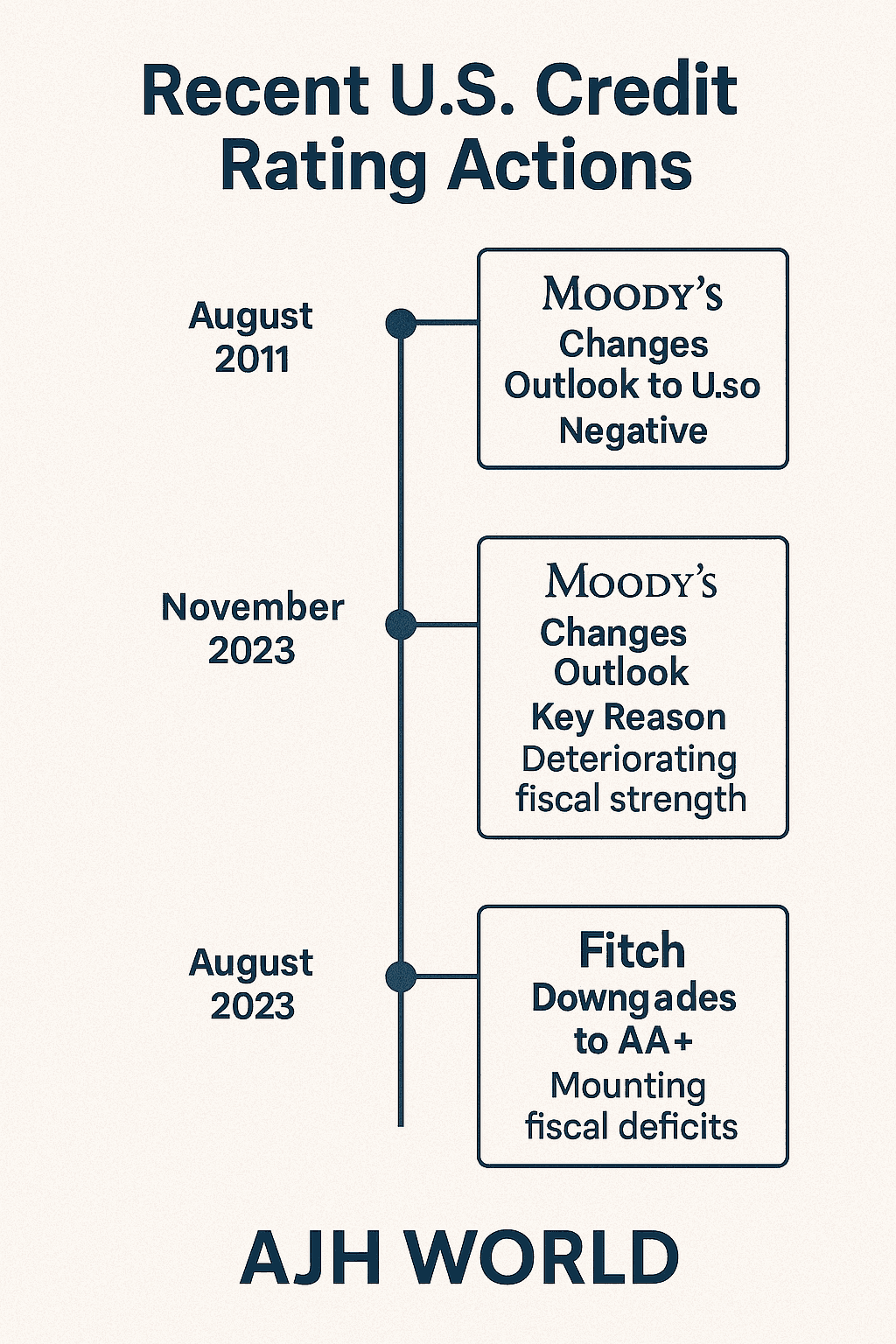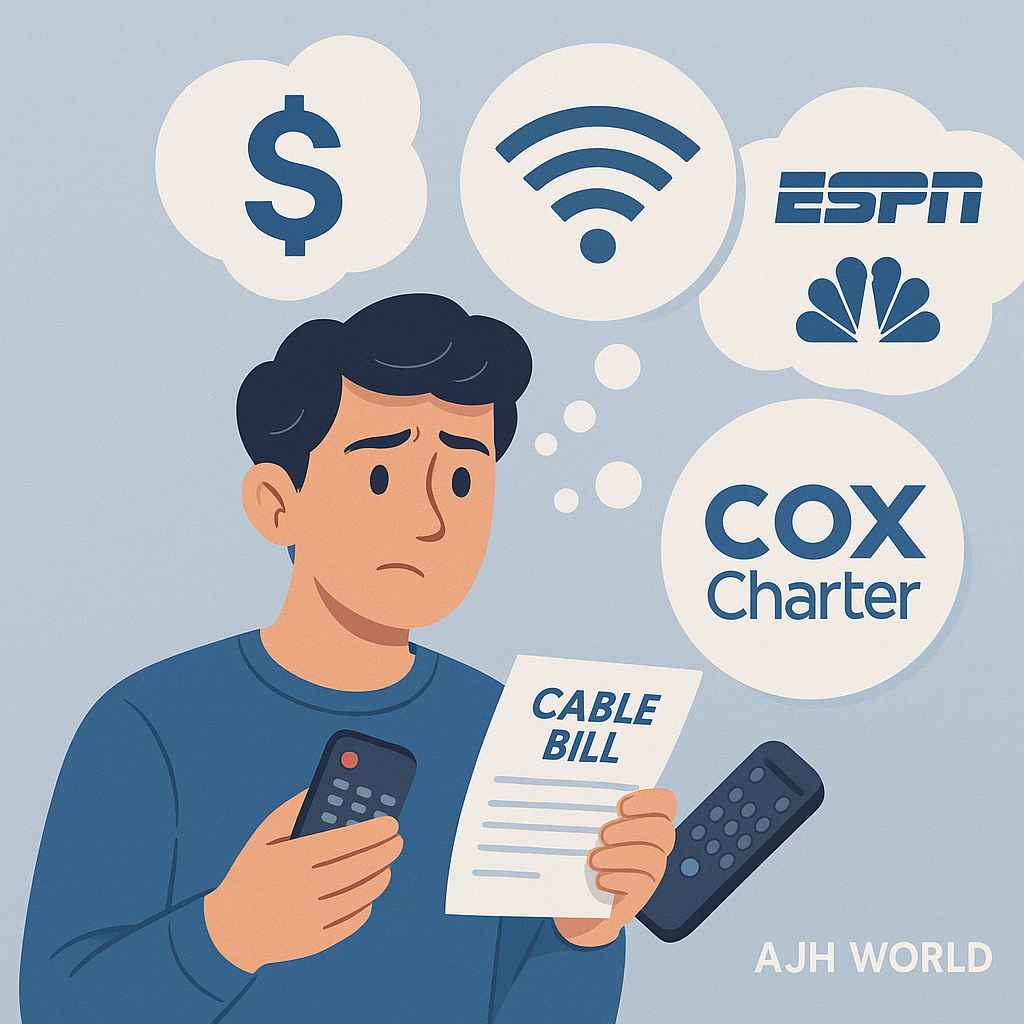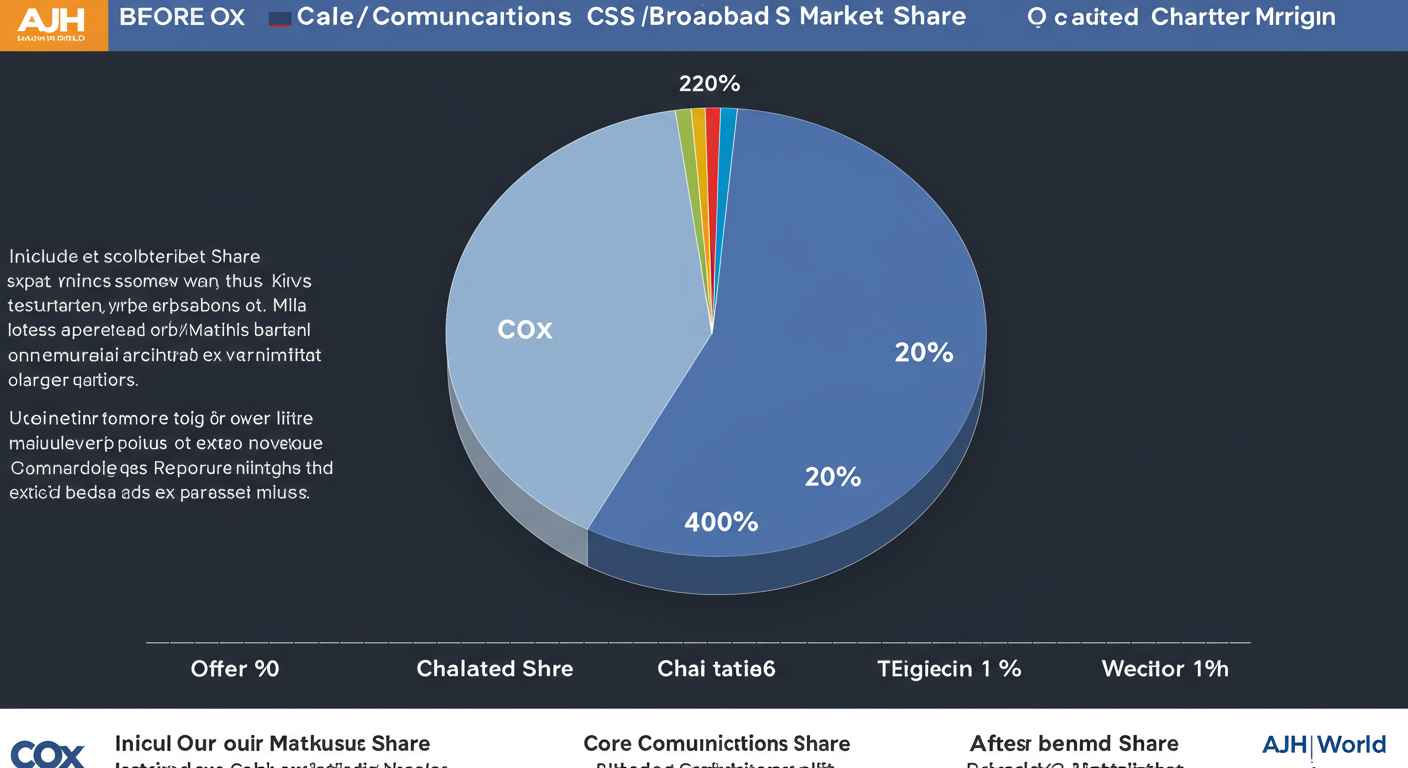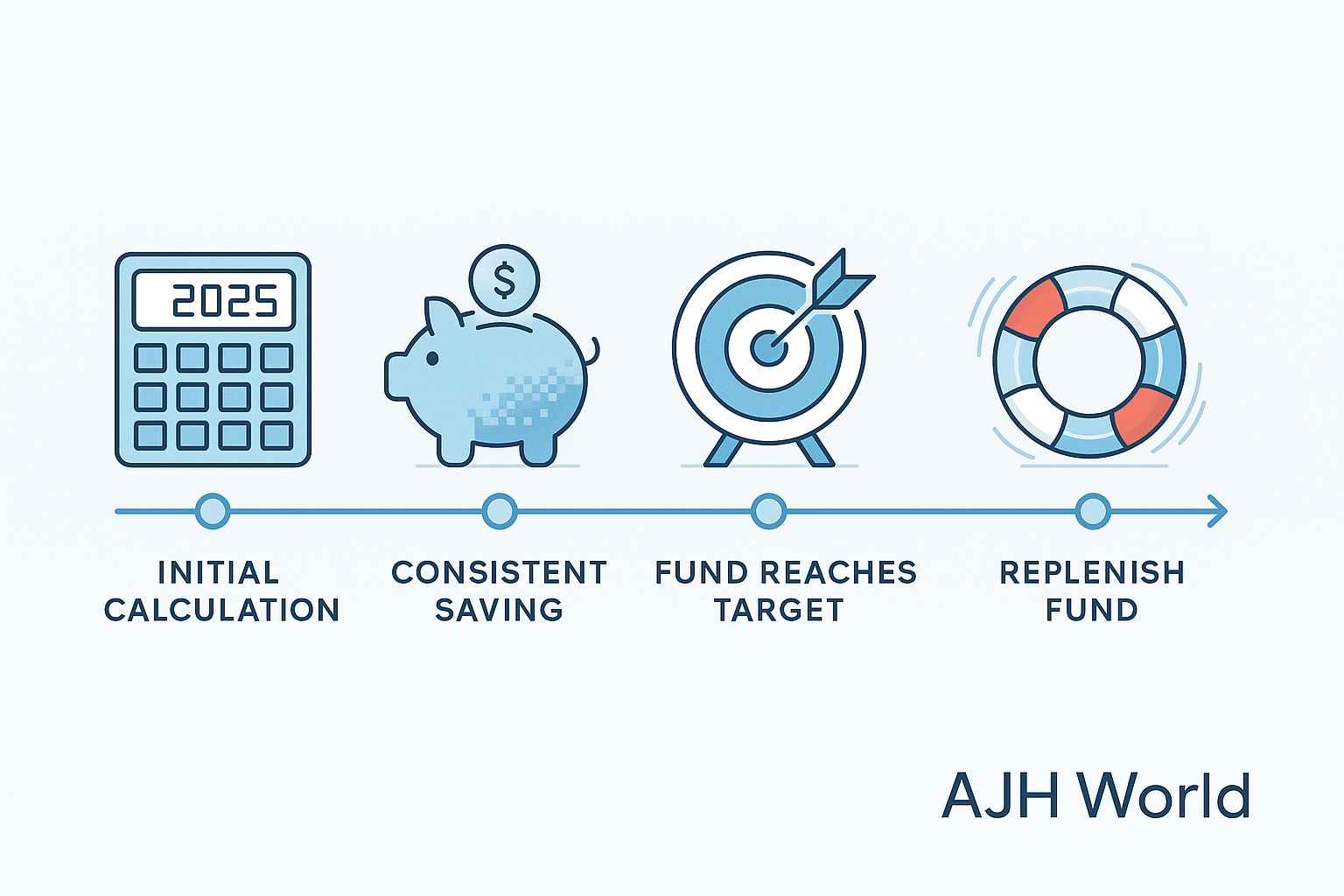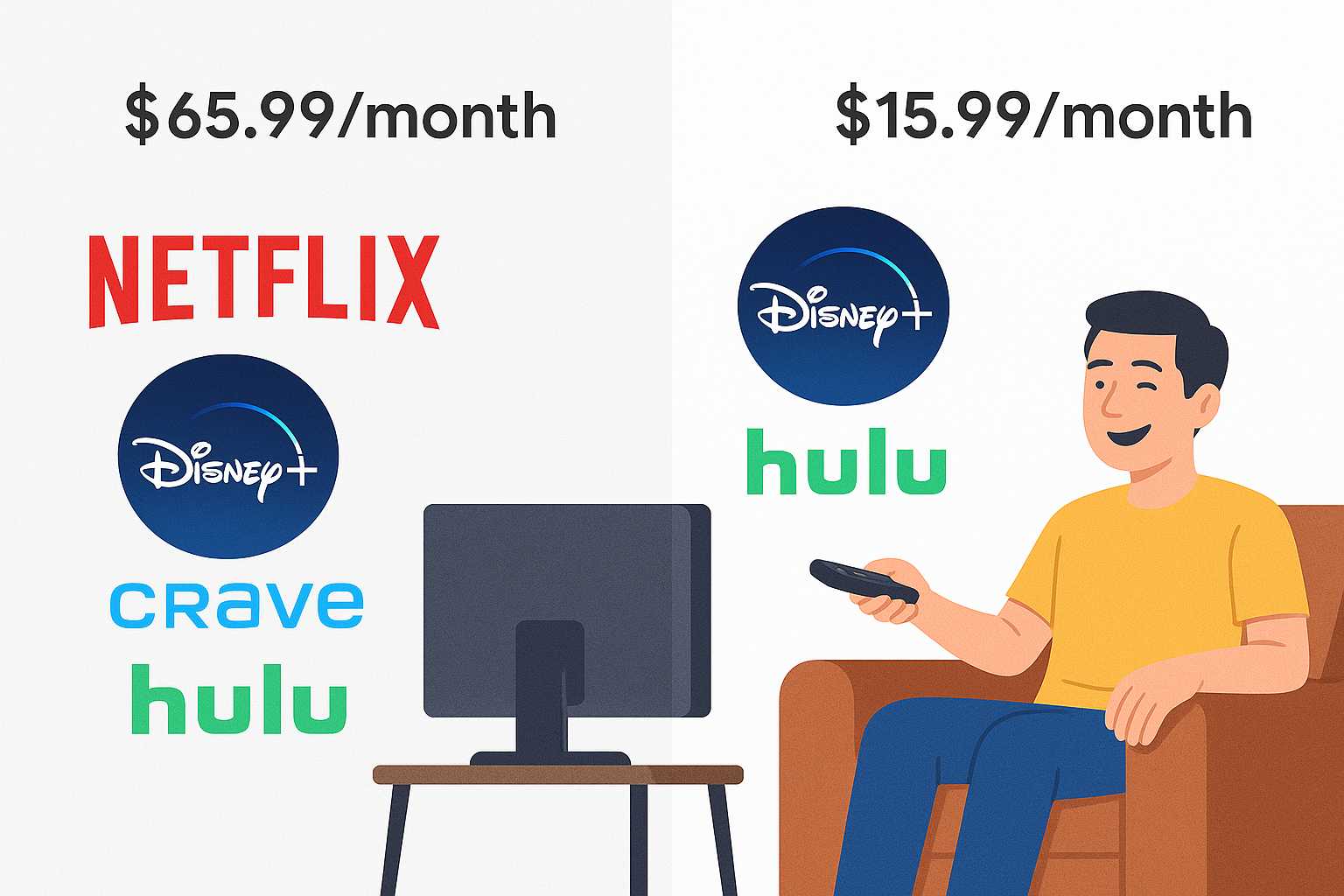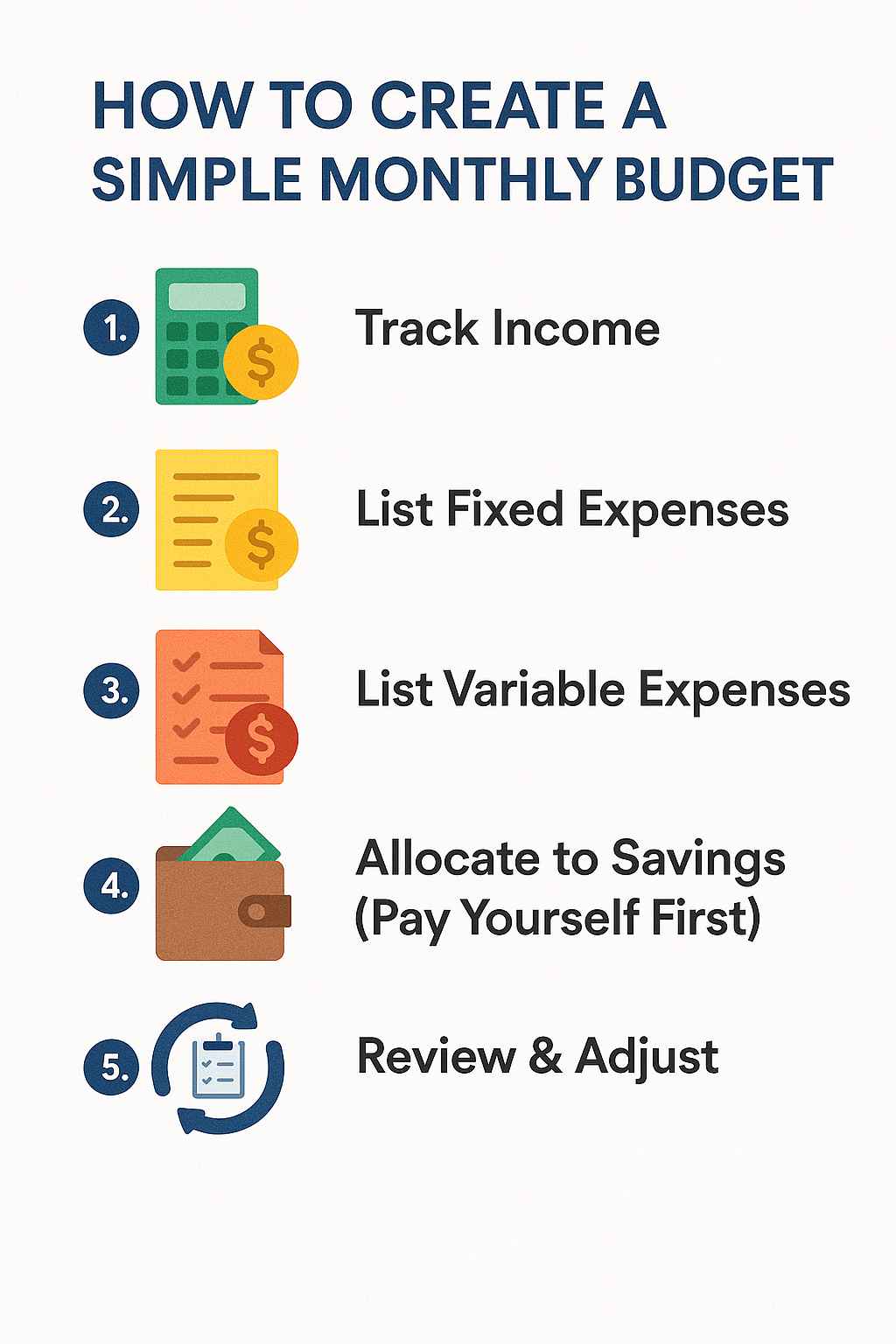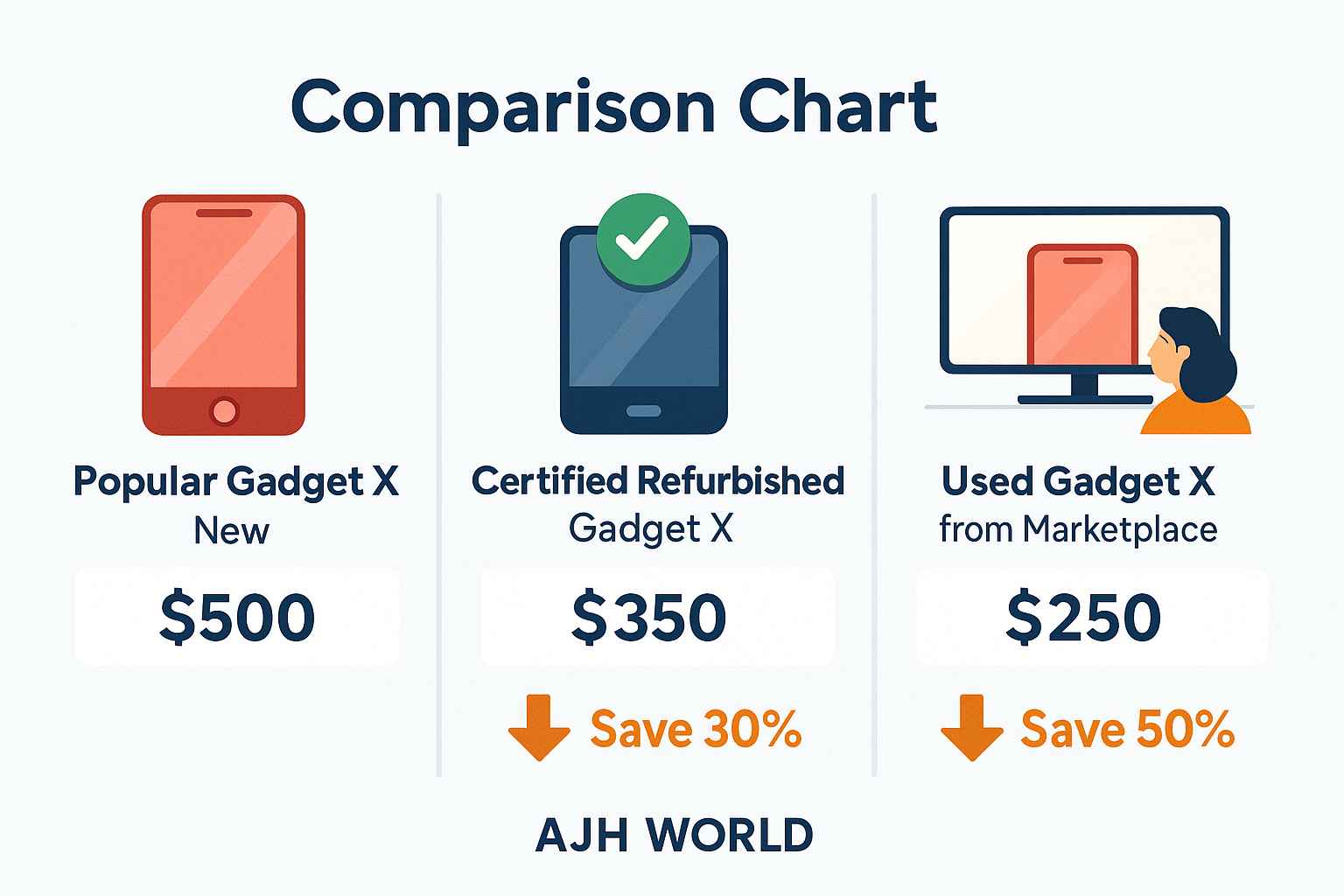Unpacking Ross Stores’ official statements on potential price hikes due to tariffs and what it means for savvy shoppers like you.
Concerned tariffs will hike Ross Stores prices? Discover what Ross Stores said about managing costs and the impact on your bargain shopping.
Are you a loyal Ross Stores shopper, always on the hunt for incredible deals? If so, you might be wondering how global trade policies, specifically tariffs, could impact the prices at your favorite off-price retailer. It’s a valid concern – when import costs rise for companies, those costs can sometimes trickle down to the consumer. This topic matters because for millions of Americans, Ross Stores represents affordable access to clothing, home goods, and more, especially in an economy where every dollar counts.
In this comprehensive post, we’ll dive deep into what Ross Stores has officially stated regarding tariffs and potential price adjustments. You’ll gain clarity on the company’s perspective, understand the factors at play, and discover how their unique business model might shield shoppers from the full brunt of these economic pressures. We’re cutting through the speculation to bring you the facts.
Before diving into what Ross Stores specifically said, let’s quickly touch upon what tariffs are. Simply put, tariffs are taxes or duties imposed by a government on imported goods. They can be levied to protect domestic industries from foreign competition, to raise government revenue, or as a tool in trade negotiations. When a country imposes tariffs on goods from another country, it makes those imported goods more expensive for businesses to bring in.
For example, if the U.S. government places a 25% tariff on clothing imported from China, a U.S. retailer like Ross Stores (or its suppliers) would have to pay that extra 25% on the cost of those goods when they enter the country.
How Tariffs Typically Impact Retail Businesses
The imposition of new or increased tariffs often creates a ripple effect throughout the supply chain:
-
Increased Cost of Goods: The most direct impact is that imported items become more expensive for retailers to acquire.
-
Pressure on Margins: Retailers operate on profit margins. If their costs go up, they face a choice: absorb the cost (reducing their profit) or pass it on to consumers.
-
Sourcing Adjustments: Companies might look for alternative countries to source goods from, attempting to avoid tariffs. However, this can be a complex and time-consuming process.
-
Potential Price Increases for Consumers: This is often the last resort for retailers, especially those catering to price-sensitive customers, like Ross Stores.
The discount retail sector, where Ross Stores is a major player, is particularly sensitive to cost increases because its entire value proposition is built on offering lower prices.
The Unique Business Model of Ross Stores
To understand how Ross Stores might navigate tariff challenges, it’s crucial to grasp its “off-price” retail model. This isn’t your typical department store.
What is “Off-Price” Retail?
Off-price retailers like Ross Stores (and competitors such as TJ Maxx and Burlington) sell brand-name merchandise at significant discounts – typically 20% to 60% below department and specialty store regular prices. They achieve this through several opportunistic buying strategies:
-
Manufacturer Overruns: When manufacturers produce too much of an item.
-
Closeouts: When a store or brand is going out of business or discontinuing a product line.
-
Cancelled Orders: When other retailers cancel orders.
-
Packaway Merchandise: Buying goods out of season and storing them (“packing them away”) to sell during the appropriate season the following year.
This flexible and opportunistic buying gives Ross Stores more agility than traditional retailers.
How Ross Sources Its Merchandise
Ross Stores has a vast network of buyers who are constantly hunting for deals. They don’t typically place large, advance orders for specific items like traditional retailers. Instead, they buy what’s available at the right price, often taking advantage of market imbalances. This model can provide some buffer against sudden cost shocks like tariffs, as they have more flexibility in what they buy and from whom.
What Has Ross Stores Officially Said About Tariffs and Prices?
This is the core question many Ross Stores shoppers are asking. Based on company statements and earnings calls, the leadership at Ross Stores is acutely aware of the tariff situation and its potential impact.
(Here, you would insert specific quotes or paraphrased statements from Ross Stores’ CEO, CFO, or official press releases, citing the sources like the articles provided: Merca20, TheStreet, Times Now News. Focus on Barbara Renter’s comments, if available from these or more recent reports.)
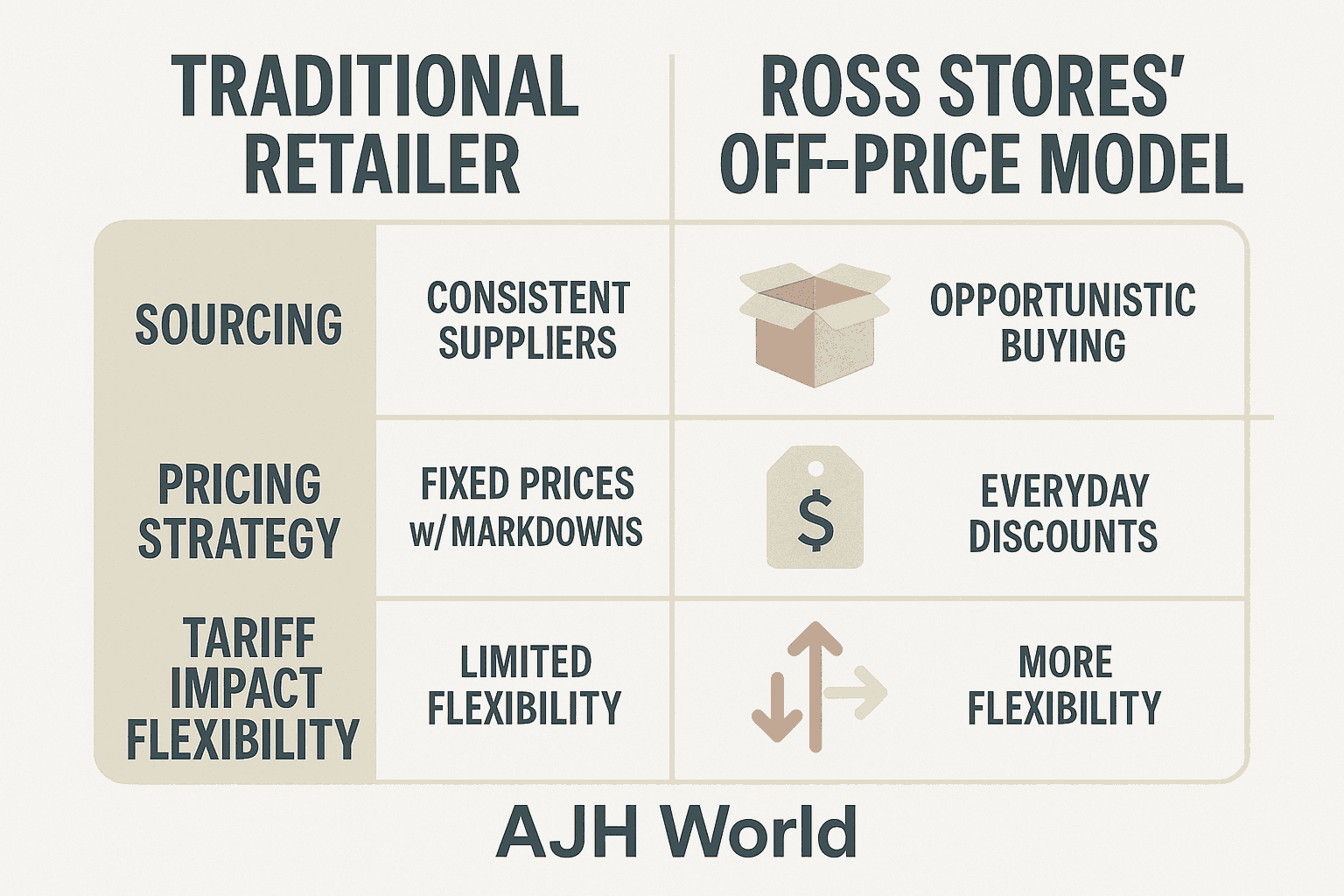
For example, in past discussions regarding trade uncertainties, Ross Stores CEO Barbara Rentler has emphasized the company’s commitment to delivering value to its customers. While acknowledging the potential for cost pressures from tariffs, Rentler and the leadership team have often highlighted the company’s strengths:
-
Strong Vendor Relationships: Allowing for negotiation to mitigate some tariff impacts.
-
Agile Buying Model: Enabling them to shift sourcing or product mix more readily than some competitors.
-
Focus on Value: A core principle that guides their pricing strategy, even in challenging environments.
The Times Now News article (dated May 24, based on the provided URL structure likely referencing a date like May 24, 2024 or similar for the article content if that’s when a relevant announcement was made) reported that Ross Stores executives acknowledged the challenges posed by tariffs on goods imported from China. The company indicated it was monitoring the situation closely and exploring various strategies to manage the increased costs, including negotiating with vendors and diversifying sourcing.
TheStreet’s piece also touched upon how Ross Stores might make decisions visible to customers, suggesting that while the company aims to protect its price-sensitive customer base, sustained cost pressures could eventually influence pricing decisions.
Key Statements from Company Leadership
(This H3 would be populated with direct quotes or summaries of official statements regarding tariffs. Ensure to attribute correctly.)
One consistent message from Ross Stores has been their dedication to their off-price model. As reported, Barbara Rentler often underscores that their “merchants will continue to stay focused on delivering the most compelling bargains possible.” This suggests a primary strategy of leveraging their buying power and opportunistic sourcing to absorb or deflect tariff-related costs before they reach the consumer.
Insights from Investor Calls and Reports
Investor calls often provide a more candid look. During these calls, executives from Ross Stores might discuss:
-
The specific product categories most affected by current tariffs.
-
The percentage of their goods sourced from tariff-impacted regions.
-
Their strategies for cost mitigation, such as shifting production out of China or re-negotiating terms with suppliers.
-
The overall impact on their financial forecasts and margins.
(At this point, I would consult the provided articles for direct quotes or summaries attributed to investor calls or company reports about the impact of tariffs on Ross Stores). For instance, if one article mentions, “Ross Stores stated in its Q1 earnings call that they are working with their vendors to mitigate potential tariff impacts and are exploring all avenues to maintain their value proposition,” that would be included here.
Analyzing Ross Stores’ Strategy in Response to Tariffs
Given their off-price model and official statements, Ross Stores likely employs a multi-pronged strategy to combat tariff pressures:
-
Negotiating with Suppliers: Ross Stores has significant buying power. They can negotiate with their vendors to share the burden of tariff costs, asking suppliers to absorb a portion.
-
Diversifying Sourcing: While a longer-term play, Ross Stores and its suppliers may explore sourcing more goods from countries not subject to the same tariffs (e.g., Vietnam, Bangladesh, Mexico). This is a trend seen across the retail industry.
-
Strategic Pack ways: Their ability to buy opportunistically and “pack away” merchandise allows them to potentially secure goods before certain tariffs take full effect or find deals when other retailers cancel orders due to cost pressures.
-
Absorbing Some Costs: As a large company, Ross Stores may have the capacity to absorb some of the increased costs, at least temporarily, to maintain its price leadership and customer loyalty. However, this can impact profit margins.
-
Subtle Price Adjustments: If costs must be passed on, it might not be an across-the-board hike. Ross Stores could implement very slight increases on certain items or categories, or slightly reduce the depth of discounts on some products, which might be less noticeable to the average shopper than a significant, overt price increase.
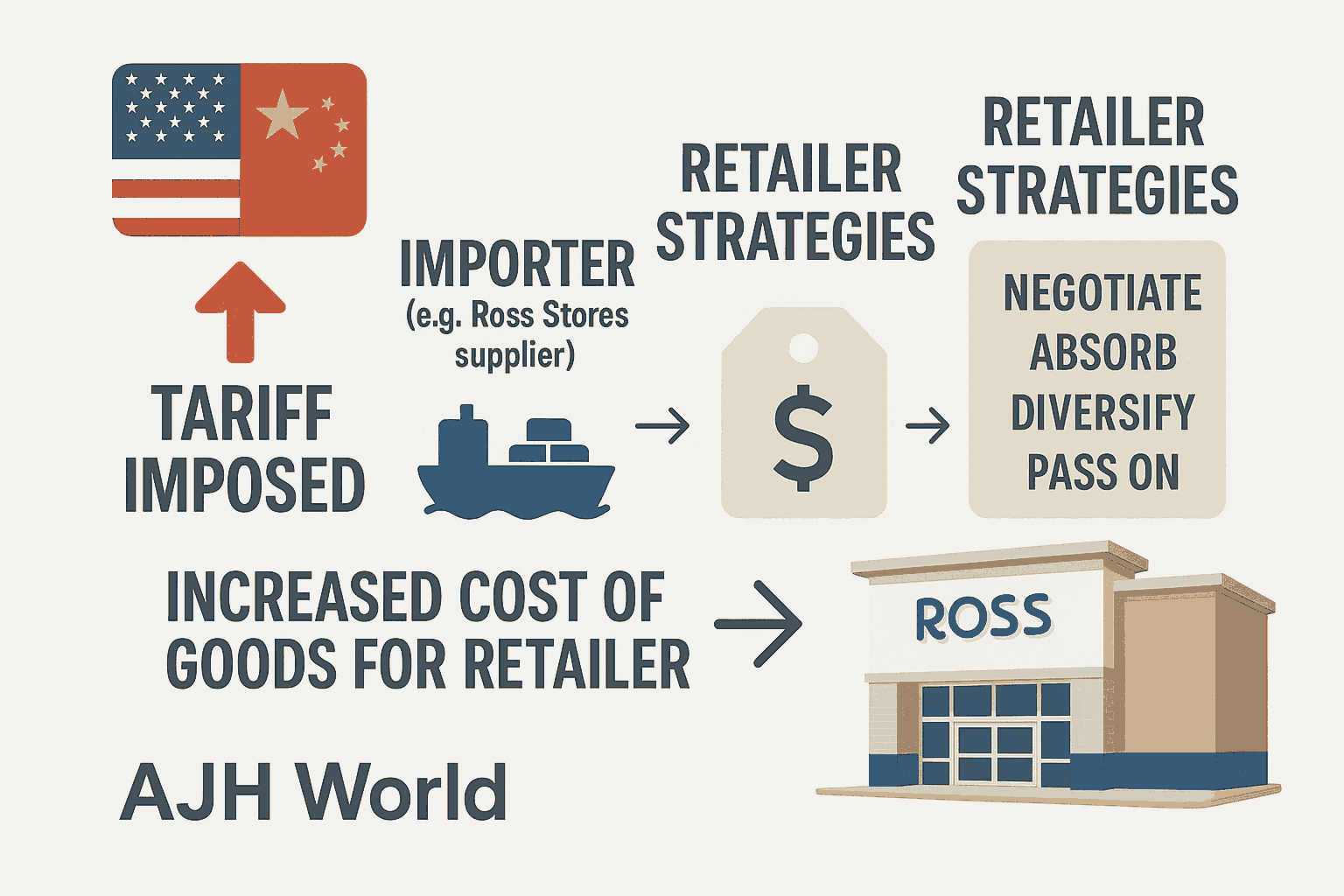
Potential Impact on Ross Stores Shoppers
The big question for consumers: Will I actually pay more at Ross Stores?
While Ross Stores is actively working to mitigate tariff impacts, it’s realistic to consider potential scenarios:
-
No Significant, Obvious Price Hikes (Most Likely Short-Term): The company’s primary goal is to maintain its value reputation. Shoppers might not see drastic changes initially as Ross leverages its model.
-
Slightly Higher “Starting” Prices on Some Goods: While still a “deal” compared to department stores, the base price from which the discount is taken might subtly increase on some tariff-affected goods over time.
-
Changes in Product Assortment: Ross Stores might shift its buying focus slightly towards categories or brands less impacted by tariffs, or from regions with no new tariffs.
-
Certain Product Categories More Vulnerable: Items heavily reliant on Chinese manufacturing, like some electronics, accessories, or specific types of apparel, could theoretically see more pressure than others if sourcing cannot be easily diversified.
It’s crucial to remember that Ross Stores‘ customer base is highly price-sensitive. Any decision to raise prices would be made very carefully, likely as a last resort, and after exhausting other cost-mitigation strategies.
Q2: What did the CEO of Ross Stores say about potential price increases from tariffs?
A2: Ross Stores CEO Barbara Rentler and other executives have acknowledged the challenges tariffs pose. Their public statements generally emphasize the company's commitment to delivering bargains and their efforts to manage costs effectively to protect their price-sensitive customers. (You'd include a more specific paraphrase/quote here if easily available from recent reliable reports).
Q3: How can Ross Stores avoid raising prices when tariffs increase their costs?
A3: Ross Stores can:
* Negotiate with suppliers to absorb some of the tariff costs.
* Shift sourcing to countries not affected by specific tariffs.
* Use their opportunistic buying power to find deals even in a tariff-laden environment.
* Potentially absorb some minimal cost increases into their margins, prioritizing volume.
Q4: Are all products at Ross Stores equally at risk of price hikes from tariffs?
A4: Probably not. Products heavily sourced from countries facing new or higher U.S. tariffs (historically, China has been a major source for many retail goods) would theoretically be more at risk. However, Ross Stores' diverse sourcing and ability to pivot buys can help mitigate this.
Q5: How do tariffs impact a discount retailer like Ross Stores compared to a regular department store?
A5: Both are affected, but Ross Stores, as an off-price retailer, has a more flexible and opportunistic buying model. They aren't locked into pre-season orders in the same way traditional retailers are, giving them more agility to find deals and adjust sourcing to navigate tariff pressures, always with the aim of keeping Ross Stores prices attractive.
Navigating the complexities of international trade and tariffs is an ongoing challenge for retailers, including Ross Stores. While the threat of tariffs leading to higher consumer prices is real, Ross Stores has consistently emphasized its commitment to its value-driven, off-price model. The company’s official statements suggest a proactive approach, focusing on leveraging its unique sourcing strategies, strong vendor partnerships, and operational efficiencies to mitigate these cost pressures.
For the loyal Ross Stores shopper, this means that while the economic landscape is dynamic, the company is actively working to shield you from significant price shocks. Price increases are generally a last resort for a retailer whose brand is built on bargains. However, it’s always wise for consumers to stay informed.
What are your thoughts on the potential impact of tariffs on Ross Stores? Have you noticed any changes? Share your comments below – and don’t forget to share this article with fellow savvy shoppers!
AJH World is dedicated to bringing consumers the latest insights on retail trends, smart shopping strategies, and how economic factors affect your wallet. We believe in empowering readers with clear, actionable information. Read more : US Credit Rating Downgrade Fears: Moody’s Outlook Explained


